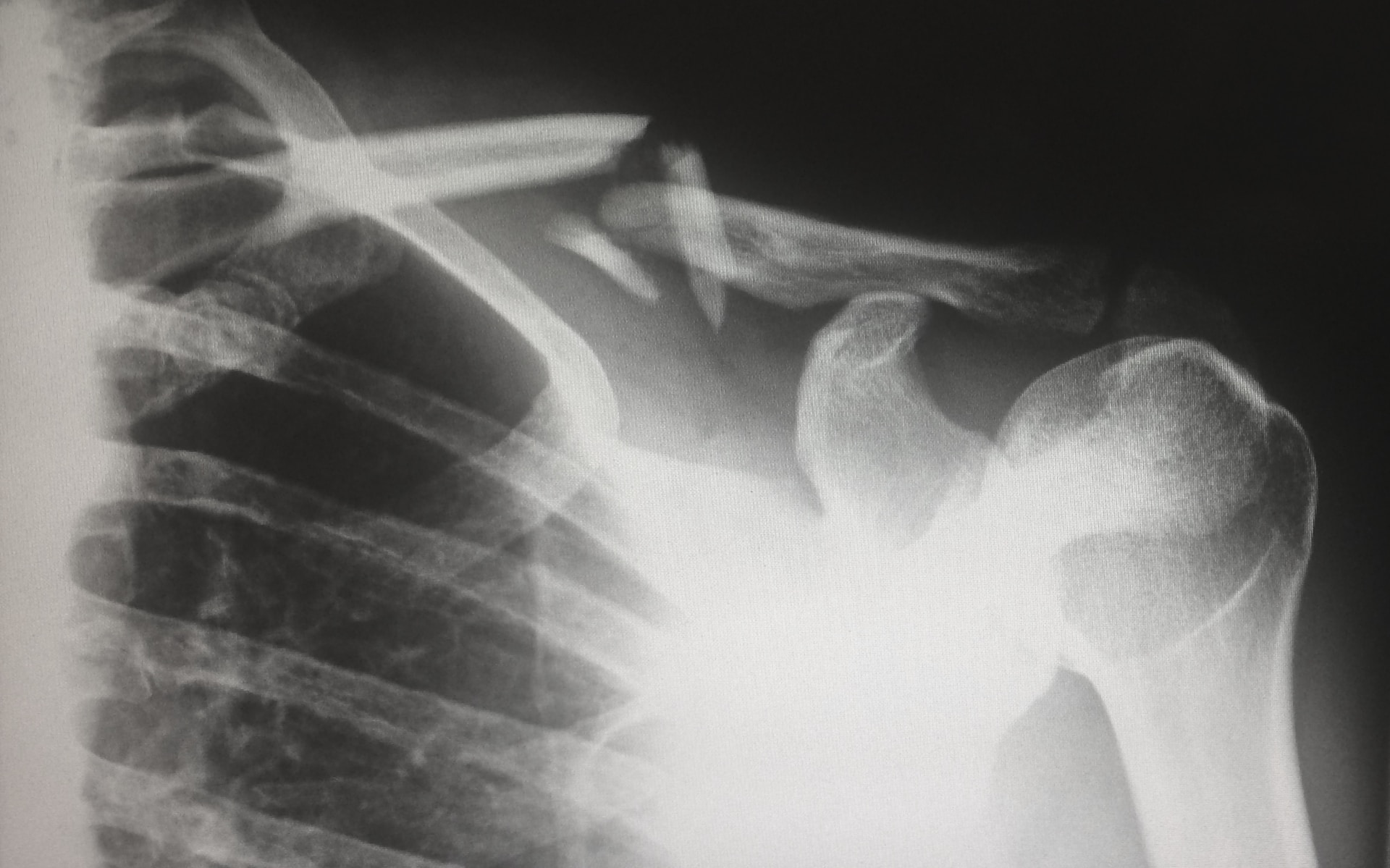In the world of fitness and exercise, High-Intensity Interval Training (HIIT) has emerged as a buzzword, synonymous with efficiency, effectiveness, and, for many, a refreshing break from traditional, longer-duration workouts. This 2000-word article delves into the world of HIIT, exploring its benefits, methodologies, and why it might be the game-changer you need in your fitness routine.
Understanding HIIT: The Basics
At its core, HIIT involves short, intense bursts of physical activity, followed by a period of rest or lower-intensity exercise. This cycle is repeated several times, often resulting in a workout that lasts anywhere from 15 to 30 minutes. The allure of HIIT lies in its simplicity and adaptability; exercises can range from sprinting and cycling to bodyweight movements, all tailored to match an individual’s fitness level.
The Science Behind HIIT: Why It Works
The effectiveness of HIIT is backed by science. Studies have shown that HIIT improves aerobic and anaerobic fitness, reduces insulin resistance, and helps in burning fat more efficiently than traditional steady-state cardio. The key is the intensity. During a high-intensity interval, your body works so hard that it can’t bring in enough oxygen to complete the exercise. This oxygen deficit causes your body to ask for more oxygen during recovery, a phenomenon known as Excess Post-Exercise Oxygen Consumption (EPOC), leading to increased metabolic rate and calorie burning.
Health Benefits of HIIT
1. Enhanced Cardiovascular Health**: HIIT is excellent for heart health. It’s proven to lower blood pressure and heart rate, particularly in overweight and obese individuals.
2. Improved Metabolic Rate: The EPOC effect from HIIT means you continue burning calories for hours after the workout, enhancing your metabolic rate.
3. Fat Loss and Muscle Preservation: Unlike steady-state cardio, which can lead to muscle loss, HIIT promotes fat burn while preserving muscle mass.
4. Blood Sugar Control: HIIT has been shown to improve insulin sensitivity, which is beneficial for managing and preventing diabetes.
HIIT for Everyone: Adapting to All Fitness Levels
One of the greatest aspects of HIIT is its versatility. It can be tailored to fit any fitness level. Beginners might start with shorter high-intensity intervals and longer rest periods, while more advanced individuals can increase the intensity and duration of their active intervals. The key is to push yourself to a point where you are working hard and out of your comfort zone during the high-intensity phases.
Crafting Your HIIT Routine
Designing a HIIT workout is straightforward. Choose your activity (running, biking, bodyweight exercises, etc.), and then decide the length of the work and rest intervals. Common formats include 30 seconds of intense work followed by 30 seconds of rest, or 20 seconds of work followed by 40 seconds of rest. The total workout should typically last 15-30 minutes.
Sample HIIT Workouts
1. Bodyweight HIIT: This can include exercises like burpees, jump squats, push-ups, and high knees. For example, 30 seconds of burpees followed by 30 seconds of rest, repeated for 15 minutes.
2. Treadmill HIIT: Sprint for 30 seconds at a high intensity and then walk for 60 seconds. Repeat for 20 minutes.
3. Cycling HIIT: Cycle as hard as you can for 30 seconds, followed by two minutes of slow cycling. Repeat for 15-20 minutes.
Incorporating HIIT Into Your Fitness Regimen
While HIIT is effective, it’s also demanding on the body. It should ideally be incorporated into a balanced fitness regimen. A good rule of thumb is to perform HIIT 2-3 times a week, allowing for proper recovery between sessions. It’s also crucial to complement HIIT with strength training, steady-state cardio, and flexibility exercises.
Safety and Precautions
HIIT is intense and may not be suitable for everyone, especially those with certain health conditions or injuries. It’s always recommended to consult with a healthcare provider before starting any new exercise program. During the workout, pay attention to your body and don’t push beyond your limits.
The Mental Game: HIIT and Mental Health
HIIT is not just a physical challenge; it’s also a mental one. The intensity requires a level of mental toughness and resilience. Over time, this can lead to improved mental strength and discipline, benefits that extend well beyond the gym.
The Bottom Line
High-Intensity Interval Training (HIIT) offers a time-efficient, effective, and versatile way to improve physical fitness. Whether you’re short on time, seeking to break a fitness plateau, or looking for a way to boost your mental toughness, HIIT might just be the ideal workout for you. As with any exercise regimen, it’s about finding the right balance that works for your body, your goals, and your lifestyle.
HIIT stands as a testament to the evolving nature of exercise science, offering a dynamic, adaptable, and scientifically backed approach to fitness. Its growing popularity is a clear indication of its effectiveness and the shifting paradigms in how we view and approach our workouts. So why not give HIIT a try and see how it can transform your fitness journey?












